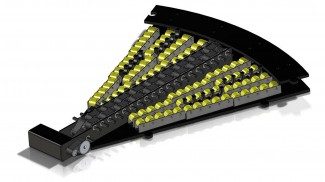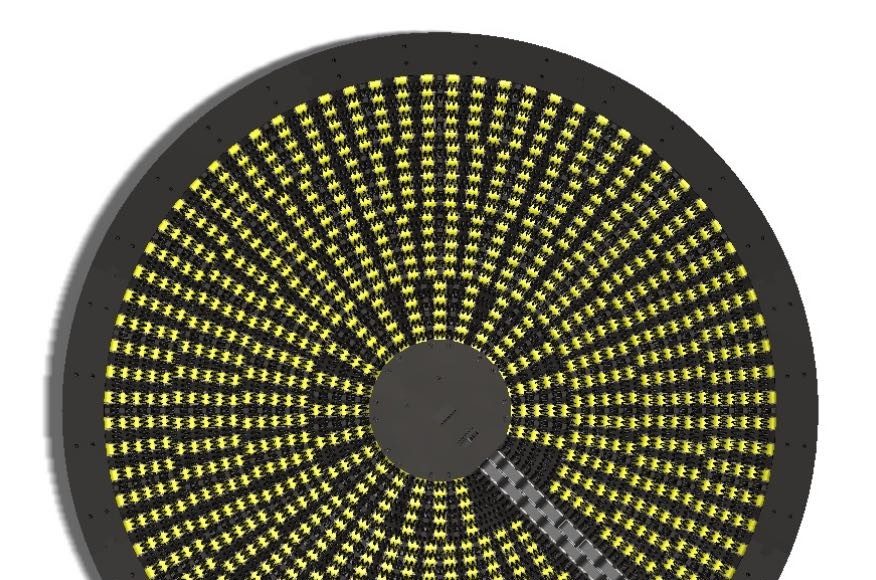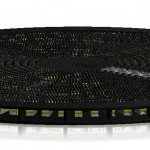If someone had come to me three years ago and said “Omni-directional treadmills, they’ll be a thing soon” – I’d have laughed in their faces. Three years on and whilst input devices that aim to take natural walking, running input from the human body aren’t quite ten a penny, you can feel industrious souls like Virtuix and Cyberith working towards what they believe is another missing piece in the VR puzzle.
Both treadmill solutions have their strengths and weaknesses, but they share at least one gripe between them – you need to be strapped rather unnaturally into the device – not only for safety but as a fundamental operation requirement for the technology to work.
A few days ago, Olav Sandnes from a company called Walkmouse got in touch to tell us about his company’s device, also handily called Walkmouse, and it approaches the problem of user locomotion in a very different but rather refreshing way.
The device itself is circular, just 65mm tall and a radius of 900mm, weighing around 72kg and is a rather elegant looking device compared with the necessarily ugly excesses of the Omni or the Virtulizer for example. The device houses 100s of motorised spirals which detect traction and respond by spinning under your feet to simulate the ground moving underneath them. At the same time, the unit reads input data from your actions which can be fed into an application or game experience. And, the company is now actively working with the Oculus Rift to combine the two technologies, producing quite a potent package. Walkmouse also comes in  a larger 1.2M radius version, designed for longer stride activity – appropriately entitled ‘RunMouse’.
a larger 1.2M radius version, designed for longer stride activity – appropriately entitled ‘RunMouse’.
I know what you’re thinking, “this thing is surely a deathtrap when you’re eyes and ears are covered?!” – I put just this question to Olav; “I think then main reason why we feel comfortable is how the WalkMouse works. You do a 10 min training session without HMD just to get used to how the unit works and to accumulate trust.” he says; “Of course you start with small steps and the you increase the walking speed as you gain experience. You just walk like normal and the unit detects the acceleration and speed which is used to control the counter speed of the spirals to ensure that you will not be able to leave the unit.”
Currently, the device is primarily targeted at military and police training, the data sheet even listing ‘Small Arms, Tactial’ as one of the use cases for training. However, it’s clear that if something as large as the Virtuix Omni can be considered a commercial prospect for Virtual Reality input, then surely Walkmouse is a dead lock for the VR enthusiast market. “Right now I am afraid the batches we produce are too small to justify sensible consumer pricing so right now we are in the professional segment only. I can see a price down the road in the 1000-2000 USD region, so the WalkMouse will not be for everybody.”
Walkmouse is a refreshing new approach to locomotion based input devices and the elegance of it’s motorised design, slim and home friendly form factor really appeal. I still have concerns over potential safety issues, but then again, the unit is so close to the ground that perhaps this is no more a concern than with untethered solution such as Survios’ Prime 3 solution. Other natural actions such as jumping and crouching also clearly will need additional add-on solutions too – but you could imagine one of these fused with a 2nd generation Kinect being a fairly compelling option.
—
We’ll keep in touch with Walkmouse to follow it’s progress. In the mean time, you can take a look at their website here for more information on the unit.










